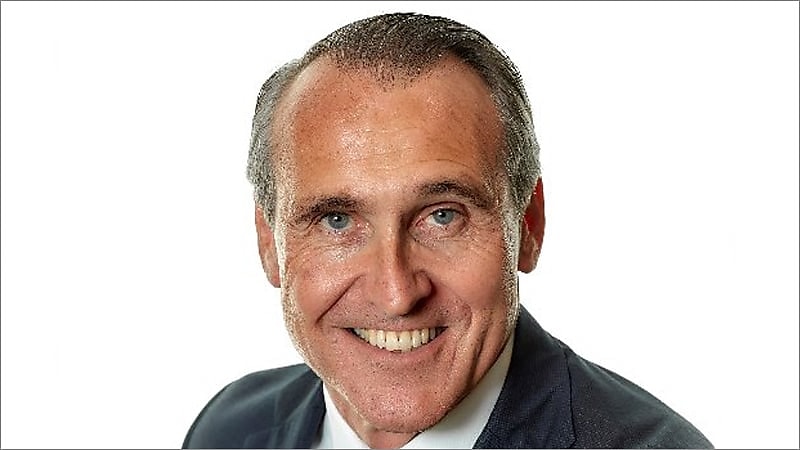Family home could be more than just a roof in retirement
It’s time to rethink the traditional view of the home as a “nest egg” and start thinking about it as a key financial asset that retirees can use as an income stream, says the Actuaries Institute.
In a new dialogue paper, ‘More than just a roof: Changing the Narrative on the Role of the Home’, the institute said the government needs to find ways to allow more Australians to access equity in their homes with policy initiatives such as stamp duty changes that could give asset-rich, income-poor retirees a valuable income boost and free up housing for young families.
Andrew Boal, chair of the Institute’s Retirement Strategy Group and partner in Deloitte’s superannuation and investment practice, said it’s time to consider the role of the home as a fourth pillar in Australia’s retirement income system alongside the age pension, super and voluntary private savings which could be treated as another financial asset to fund retirement.
“One of the important things to remember is that the family home has a lot of tax and other concessions attached to it and can play an important role in retirement,” Boal told SMSF Adviser.
“For example, if you have $800,000 in assets and $600,000 is held in the family home and $200,000 in super, you qualify for the full age pension. However, if you are renting, and have $800,000 in super, you don’t qualify for the age pension due to means testing.”
Boal said the paper is trying to create discussion about how home ownership can be beneficial to retirement planning.
“More than three million Australians are entering the retirement phase in the next decade, a phase that will likely be longer than that of previous generations and require greater funds,” he said.
“Currently, 60 per cent of retirees have less than $250,000 in super and they’re often living more frugally than they need to so there needs to be a discussion about how they can use the equity they have in their homes to live a better lifestyle.”
He continued that by removing some of the impediments that may be stopping retirees from downsizing, such as stamp duty, there could be flow-on effects to one of the biggest crises now facing the younger generations in housing affordability.
“More than 80 per cent of Australians aged 65 to 74 live in their own home, with retirees holding an estimated $1.3 trillion worth of housing equity. However, many do not view their home as a financial asset that could be more actively managed beyond potentially helping to pay for future aged care costs and as a bequest,” he said.
“If retirees accessed 20 per cent of the $1.3 trillion they hold in home equity, it would unlock about $260 billion to help fund what could be 25 to 30 years or more in retirement.”
However, he said the narrative around the benefits of doing this needs to be changed and the paper suggests several key policy reforms governments could undertake including:
- Removing or refunding stamp duty for over 55s who downsize their home.
- Extending access to downsizer contributions to superannuation to also include amounts released through an equity release scheme, such as reverse mortgages.
- Relaxing the age pension means test for part of the value of equity released from the family home when it is sold.
- Providing age pension means test relief on money accessed through home equity release schemes, such as reverse mortgages, up to the same cumulative limits.
- Gradually including part of the value of the family home, above a reasonable threshold, in the age pension means test.
“The Productivity Commission did research in 2015 about people wanting to retain their family home to manage risk in retirement and part of that was wanting to leave it as a bequest for children,” he said.
“However, people neglect to understand that their children will be 55-60 years old when that happens and don’t need that inheritance as much as they would have in their 30s. Why would you leave a $3 million house to someone who doesn’t need it instead of using the equity in that home to fund a better retirement?”
Boal added that by downsizing, money could be released and retirees could share that with their children earlier, when they may need it more.
“The children may get a smaller inheritance but parents could give their children a boost to get into the housing market earlier and watch them enjoy it while they’re still alive,” he said.








